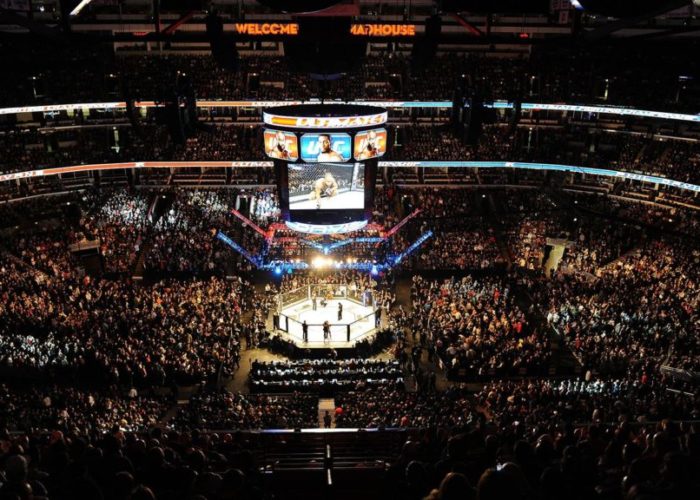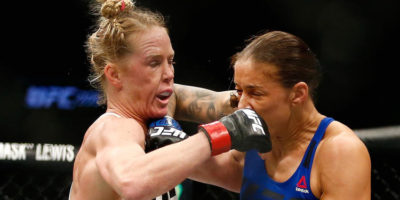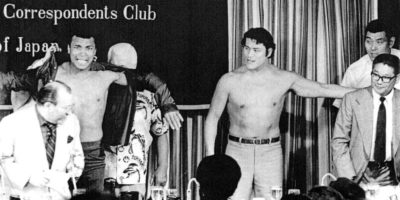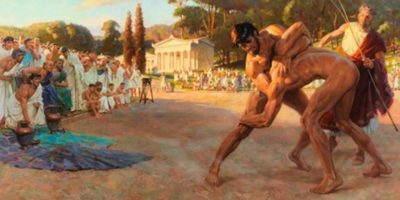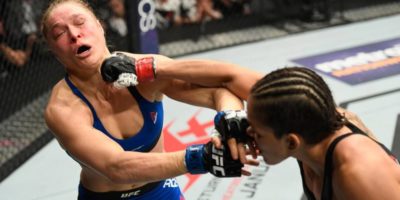Blackout Beginnings And Resurgence Of MMA
A great many wrestlers stepped up to bask in the glory of becoming ‘One Fine Fighter’. Most of these names vanished from the scene soon enough, while the remaining just faded away.
Ultimate Fighting Championship (UFC) One-night-stand
Mainstream UFC followers have little idea of the infamous exploits of Rorion Gracie, the son of Brazilian Legend Helio Gracie and his misadventures with MMA in United States.

To follow an age-old question Rorion along with Art Davie and Robert Meyrowitz tried seeking an answer in the form of Ultimate Fighting Championship on November 12, 1993. The event pitted eight fighters in a vicious one day tournament of single eliminations. McNicholas Sports Arena in Denver, Colorado blossomed with a massive live crowd and 86,592 pay-per-view spectators. The tournament had few rules, no decisive finishes, time limits or weight classes, not withforgetting the variety of martial arts background pitted against each other. Royce Gracie, Rorian’s brother showcasing Jiu Jitsu, Ken Shamrock for shoot fighting, Telia Tuli from Sumo tradition, Kickboxers Kevin Rosier and Patrick Smith and, Professional Boxer Art Jimmerson.
More than a well representation of diverse arts, the event showcased Jiu Jitsu in length. A frail 170-pounds Royce defeated three fighters via submission in less than five minutes combined.
Given this dominant performance, Gracies strongly felt the urge to fight for Jiu Jitsu’s world acceptance as fighting’s greatest art. This led to the inception of their fancied creation: a promotion with few rules to make it more lifelike. Thus, groin strikes, headbutts, and pulling hair were allowed.
Ban on “Human Cockfight” and the new ownership
When Senator John McCain came across the event, he labeled it “human cockfighting,” and successfully got it banned from pay-per-view and sanctioning in many states. This MMA blackout resulted in the UFC almost going bankrupt. Further, it allowed Japan’s PRIDE Fighting Championships, a now defunct organization, to rise up the popularity charts. Along with this, many former UFC fighters, including Royce Gracie, left for greener pastures.

However, in 2001, Frank and Lorenzo Fertitta bought a failing UFC to breathe new life-air into it. They formed Zuffa entertainment as the parent company of the organization and appointed Dana White as President. Frank’s ties to the Nevada State Athletic Commission, helped him to get the UFC sanctioned in Nevada once again. However, he had to incorporate a few rule changes in the process. With this and a pay-per-view return, the sport began to make a resurgence.
Thus, bringing an end to the “human cockfighting” and incepting the modern view of the MMA.
The new era of MMA
In 2005, the organization aired The Ultimate Fighter reality television show (TUF) for the first time on Spike Television. Show’s competitors (up and coming fighters) trained in a house together with either Randy Couture or Chuck Liddell as coaches. Then they fought in a single elimination style tournament, with the winner set to receive a six figure UFC contract. The light heavyweight battle between Forrest Griffin and Stephan Bonnar during the show’s finale is widely considered to be one of the greatest MMA fights in history. What’s more, the show and the fervor with which Bonnar and Griffin went at each other, is often given substantial credit for boosting MMA’s popularity. The organization turned into pure gold standard with elite fighters from around the world.
UFC’s gold standard hits new highs
In the year 2006, UFC’s annual pay-per-view revenues exceeded NFL, Pro Wrestling and WWE. Owing to this success, Zuffa acquired PRIDE in a landmark decision two years later. This signaled the beginning of MMA’s new golden age analogous to the NFL’s golden age after the AFL-NFL merger and professional wrestling’s golden age with WWE-WCW merger.
UFC held its pay-per-views at casino venues like Trump Taj Mahal and MGM Grand Garden Arena. And, the underdog sport from underground constantly featured the likes of Ken Shamrock, Tito Ortiz, Nick Diaz, Anderson Silva and Rich Franklin.
UFC made a foray into television and immediately started to compete with WWE Raw for ratings. The popularity took another major surge when Brock Lesnar signed with UFC. The momentum gradually picked up as ESPN drew significant interest in the promotion and started to devote additional coverage on UFC and MMA with the debut of MMA Live. Soon, UFC bought Strikeforce and stroke a deal with Fox Sports. Wrestlers from diverse ethnicities gained success inside the octagon.
Landmark signing
In May of 2012, UFC made headlines when they signed their first female fighter, Ronda Rousey. At the time, she was the Strikeforce Bantamweight Champion. She went on to make major headlines for the promotion over the years. And, UFC’s first female fighter over time became UFC’s finest female fighter.
This sparked a lot of interest in the Women’s Bantamweight Division and eventually surpassed the Heavyweight, Light Heavyweight, Featherweight and Flyweight divisions in terms of coverage and popularity.
Present day MMA
From the time of its inception over two decades ago, the promotion has seen massive growth in popularity and fan following not just in the countries it exists but every where across the globe. MMA has multiple sub-brands like the UFC, Bellator MMA, One Championship, World Series Fighting, Invicta FC and many others.
Its follower base is comparable and as huge as Football (soccer), professional wrestling and many other sports. In a mere period of two decades MMA has gone from being recognized as “human cockfighting” to one of the most popular sport world-wide. And, its fan following is only set to grow as the rivalries within the MMA grow intense and fierce.

